
Claude Piguet looks at intermolecular interactions in pure materials and diluted solutions, and the thermodynamic considerations behind enthalpy-entropy compensation.
As the author comments, this field is very important as ‘a thorough understanding of the underlying intermolecular connection of an effector to a receptor could be at the origin of some novel design for drugs…’
Professor Piguet is based at the University of Geneva, Switzerland, find out more about his research by visiting his website.
Read the full review for FREE for one month…
Enthalpy–entropy correlations as chemical guides to unravel self-assembly processes
Claude Piguet
Dalton Trans., 2011, DOI: 10.1039/C1DT10055F











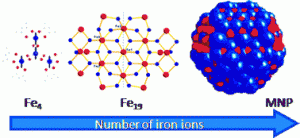
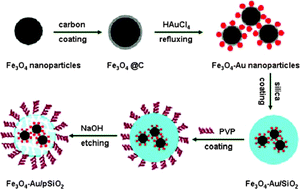
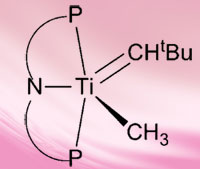


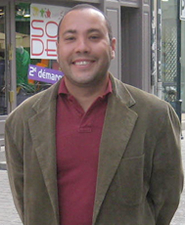
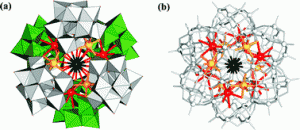

 In this HOT article, Ian Dance examines afresh the relationships between CO and H on nitrogenase cofactors following the recent finding that vanadium nitrogenase and modified molybdenum nitrogenase reduce CO to hydrocarbons. In order to assist the interpretation of kinetic infrared spectral data, vibrational frequencies and modes have been calculated for a variety of possible structures in which FeMo-co bears H atoms, or CO ligands, or both.
In this HOT article, Ian Dance examines afresh the relationships between CO and H on nitrogenase cofactors following the recent finding that vanadium nitrogenase and modified molybdenum nitrogenase reduce CO to hydrocarbons. In order to assist the interpretation of kinetic infrared spectral data, vibrational frequencies and modes have been calculated for a variety of possible structures in which FeMo-co bears H atoms, or CO ligands, or both.